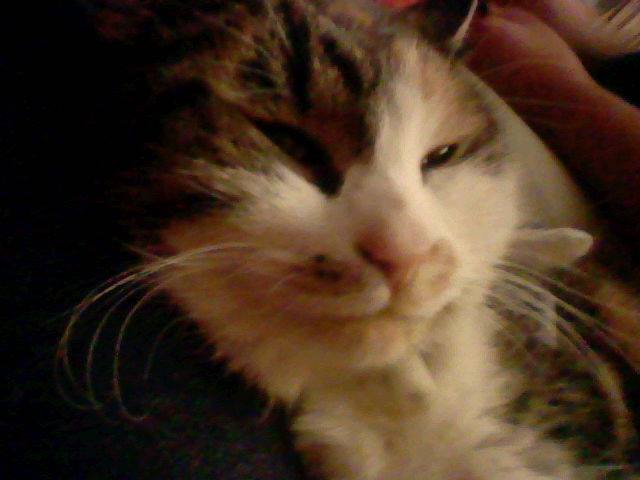A few weeks ago our family cat of many years had to be put down. She had been poisoned by antifreeze. A few days later another nearby cat also suffered the same fate and there were rumours of many more in the area.
Car antifreeze, and screen wash, contains the chemical ethylene glycol. This chemical is sweet to taste and, as a result, animals are attracted to it. However, if ingested, you have about 30 minutes to get the animal to a vets before it does irreversible damage to their kidneys. Symptoms include…
- Vomiting
- Seeming depressed or sleepy
- Appearing drunk and uncoordinated
- Seizures (fits)
- Difficulty breathing
- Increased thirst
- Increased urination
It will potentially poison any animals, not just cats, and will cause pain, suffering and distress, ultimately resulting in their death.
If you have any of these products and you store them anywhere where animals could get to them, please check that their contents are secure and, if necessary, dispose of their contents. I’ve found that over harsh winters these plastic containers can often break and leak. Also, some people have been known to add antifreeze to water features to prevent them from freezing – if you have done this please drain the water, clean the feature thoroughly and refill with clean, fresh water.
Sadly most instances of this poisoning is done on purpose – people who don’t like cats may leave food out coated in antifreeze. The poisoning of a cat can constitute a criminal offence. Under the Animal Welfare Act 2006 the maximum penalty for anyone found guilty of this offence is up to 6 months imprisonment and/or a fine of £20,000.
Meantime, if like me, you feel that additional ingredients should be added to screen wash and their variations to make them less attractive to animals then please sign this petition.

Talk to me!